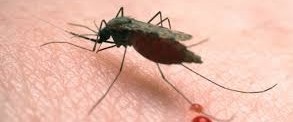Prevalence of malaria infection in Butajira area, south-central Ethiopia
Adugna Woyessa, Wakgari Deressa, Ahmed Ali and Bernt Lindtjorn
Abstract
Background
In 2005, the Ethiopian government launched a massive expansion of the malaria prevention and control programme. The programme was aimed mainly at the reduction of malaria in populations living below 2,000 m above sea level. Global warming has been implicated in the increase in the prevalence of malaria in the highlands. However, there is still a paucity of information on the occurrence of malaria at higher altitudes. The objective of this study was to estimate malaria prevalence in highland areas of south-central Ethiopia, designated as the Butajira area.
Methods
Using a multi-stage sampling technique, 750 households were selected. All consenting family members were examined for malaria parasites in thick and thin blood smears. The assessment was repeated six times for two years (October 2008 to June 2010).
Results
In total, 19,207 persons were examined in the six surveys. From those tested, 178 slides were positive for malaria, of which 154 (86.5%) were positive for Plasmodium vivax and 22 (12.4%) for Plasmodium falciparum; the remaining two (1.1%) showed mixed infections of Plasmodium falciparum and Plasmodium vivax. The incidence of malaria was higher after the main rainy season, both in lower lying and in highland areas. The incidence in the highlands was low and similar for all age groups, whereas in the lowlands, malaria occurred mostly in those of one to nine years of age.
Conclusion
This study documented a low prevalence of malaria that varied with season and altitudinal zone in a highland-fringe area of Ethiopia. Most of the malaria infections were attributable to Plasmodium vivax.
